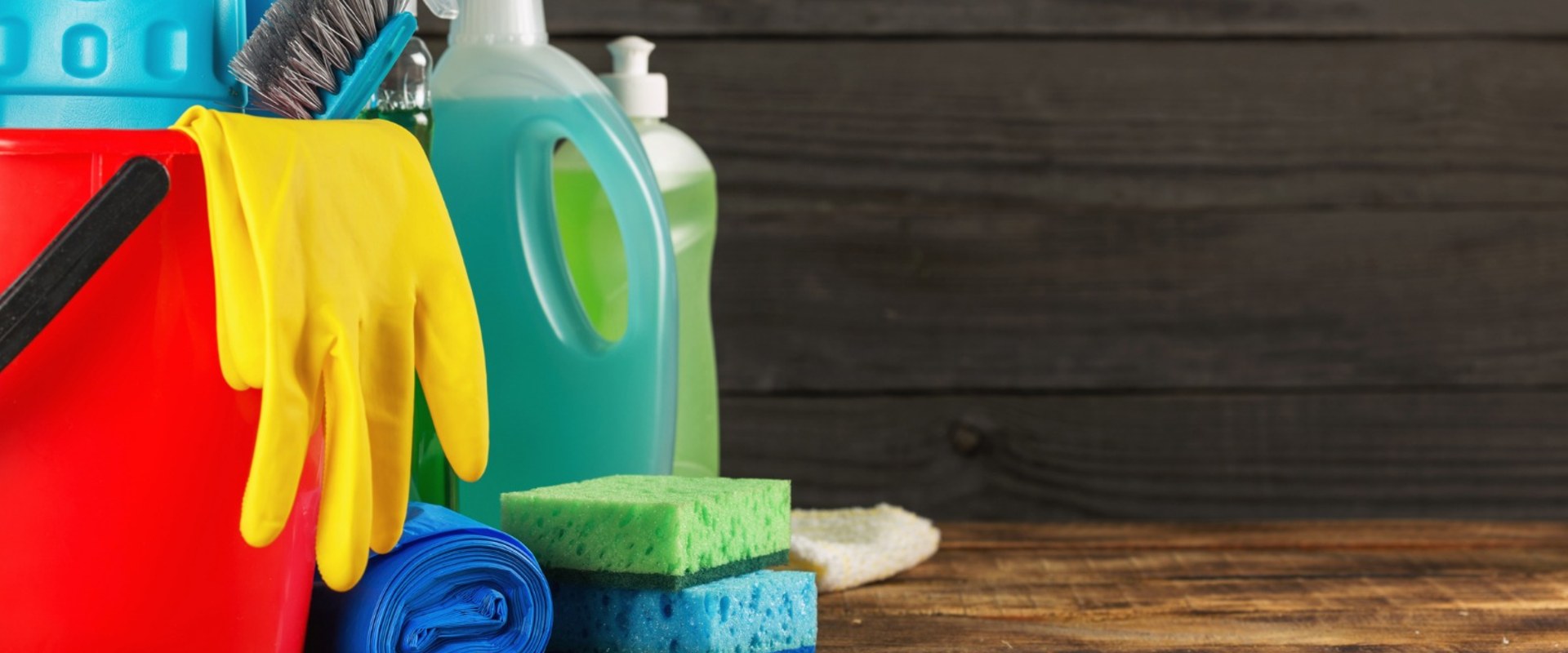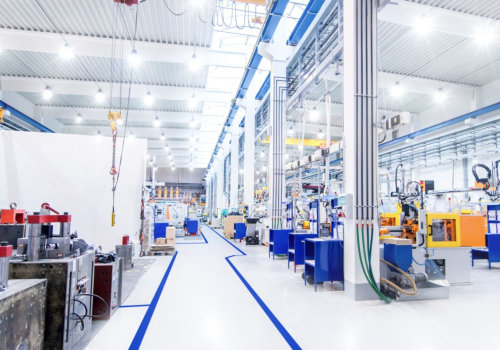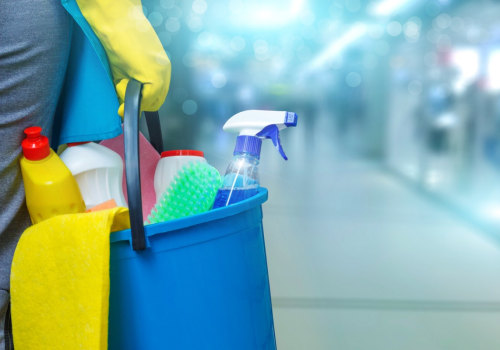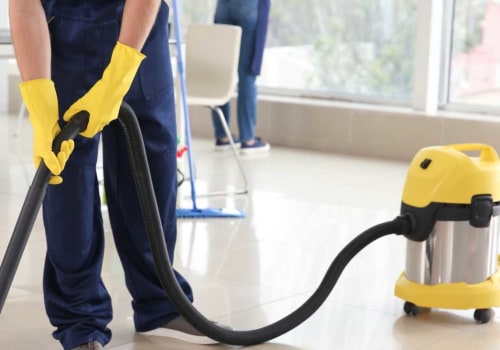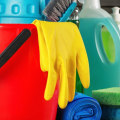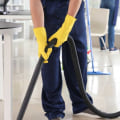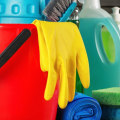Abrasives are most commonly used in deep cleaning of commercial kitchens to clean floors, pots and pans from accumulated grease. They are effective in this type of work because they contain substances or abrasive components that, when rubbed, cut through the layers of dirt and grease to remove them and lift them from hard surfaces. Abrasives usually have a gritty consistency that can cause scratches on some surfaces. Therefore, they should be used with care on materials such as plastic or stainless steel.
Acid cleaning agents are the most powerful types of cleaning agents available and should therefore be used with care and with appropriate safety equipment. These cleaning agents are mainly used to remove rust and mineral deposits from surfaces and equipment. Acids must be diluted correctly because, if they are not, they can be highly corrosive and even potentially poisonous. Degreasers, or solvent cleaners, are most often used to remove accumulated grease from kitchen surfaces.
Commonly affected areas include oven covers, exhaust pipes, counters, and grill splashes. In a commercial kitchen environment, it is important to use only non-toxic and non-smoking degreasers to avoid possible problems such as chemical contamination. Detergents are the safest and most common type of cleaning agent used in commercial kitchens. Combined with warm water, detergents break and loosen dirt or dirt, so they can be washed.
Most commercial kitchens use synthetic detergents made from petroleum products that come in the form of powder, liquid, gel or crystals. Used in both domestic and commercial applications, detergents are the most common type of cleaning agent used today. Taking the form of powders, liquids, gels or crystals, commercial detergents work by breaking up dirt and dirt, making it easy to wash them with pressurized water nozzles. Commonly synthesized from petroleum products, this cleaning agent works through its amphiphilic nature, meaning it can mix compounds such as oil and grease with water for thorough cleaning.
The main applications of detergents include commercial household cleaning &, fuel additives and a biological reagent. Whether in the form of sprays, foams, wipes, powders or solutions, degreasers work by removing water-insoluble substances (such as grease and oil) from surfaces without damaging them. Degreasers are generally useful on oven surfaces, countertops, grill splashes, or other places where grease production is prevalent in the food and beverage industry. Manufacturing and automotive industries also use degreasers to remove oil-based contaminants from metal or concrete.
Used to clean floors and equipment alike, abrasives have different levels of roughness, depending on the size of the particles used inside. As a result, abrasives can scratch certain materials, such as stainless steel, and should always be used with care. Acid cleaners are used to remove scale, rust and other inorganic deposits. They generally include mineral acids, corrosion inhibitors and surfactants.
Regarded as the most powerful category of cleaning agents, strong acid cleaners can be incredibly useful and very dangerous if used improperly. For example, if incorrectly diluted, acidic cleaners have the potential to be poisonous and corrosive. Detergents are the most common type of cleaning agent and are used in domestic and commercial kitchens. They work by breaking up dirt or dirt, making it easy to remove them.
The detergents used in commercial kitchens are usually synthetic detergents made from petroleum products and perhaps in the form of powder, liquid, gel or crystals. Degreasers are sometimes referred to as solvent-based cleaners and are used to remove grease from surfaces such as oven surfaces, countertops, and grill splashes. In the past, methylated alcohols or turpentine were commonly used as degreasers. Most food companies are now trying to use non-toxic and non-smoking degreasers in their operations to prevent chemical contamination.
Abrasives are substances or chemicals that rely on the action of rubbing or scrubbing to clean dirt from hard surfaces. In commercial kitchens, abrasives are generally used to clean floors, pots and pans. Abrasives should be used with care, as they can scratch certain types of materials used in kitchen equipment, such as plastic or stainless steel. Different cleaning chemicals are used depending on the item to be cleaned, the method of cleaning and the type of dirt found on the item.
We explain the science behind some of the most popular cleaning methods and tools, so you can clean smarter, not harder. For special types of precious metals, especially those used for luxury watches and high-end jewelry, special cleaning agents are usually used to clean them and protect them from the elements. Some examples of these cleaners include the Weiman jewelry cleaner, the HOROCD watch cleaning solution &, even Holland Hallmark's metal plate cleaning solution. Regardless of which of the 4 categories of cleaning products you choose to use, it is important to know that cleaning alone is not enough to remove bacteria, viruses and fungi from your kitchen.
. .
